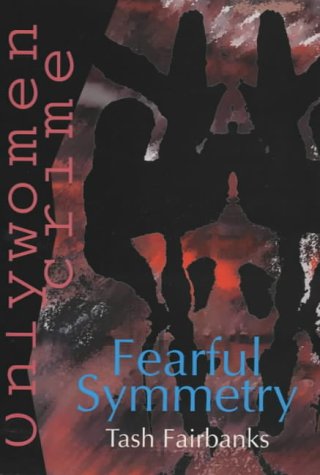“Why did people need to be in nature to process the things that happened to them? Maybe it was because what was thought of as wild did not require a veil—it saw you as you truly were: an animal skulking among animals.”
Though I haven’t read a lot of horror, there is plenty of horror in the world to process, and as a fan of both art and sapphic novellas, I decided to pick up Green Fuse Burning by Tiffany Morris.
Ever since landscape painter Rita Francis’s estranged father died, grief has dried up her inspiration. When her girlfriend signs her up for an artist retreat without her consent, she ends up staying alone in a cabin near where her father used to live, and in her isolation, she begins to see strange visions around the swamp.
In a short space, the author paints a vivid picture of alienation. Rita is deep in grief over her father; in conflict with her white girlfriend, who has avoidant patterns and tries to fit Rita into a mold she can find palatable; and estranged from her mother who had similar patterns. Her distance from her family has made it more difficult to access her Mi’kmaw culture and language, and while on a retreat she didn’t sign up for, she is treated as an unwanted guest on land stolen from her ancestors. Even the environment doesn’t follow its natural seasons thanks to climate change and other man-made devastation.
The thread tying all this isolation together is denial. Others deny her pain, expecting her to simply push her grief aside, and even deny the damage done to the climate as well as the history of colonization. As a result, Rita treats herself as paranoid, even as she is increasingly plagued by disturbing images and events. This story is ultimately about embracing the fact that death is natural, as well as acknowledging other parts of life that society avoids or sanitizes. The swamp is a focal point of the story that drives home these themes, as a location that many don’t consider picturesque but is nonetheless an essential part of nature.
“The skeletal essence of things—the whole mechanical world—turned to ruin and memory and the crematory furnaces of forgetting. Rita was no seeress, but even she knew that the world becomes ash—everything to ashes and dust to dust, but first that flame, first that devouring.”
The writing style and structure of this story were what really sold me on it. The descriptions of nature are vivid and brutal, echoing Rita’s emotional state. Each chapter is prefaced with a description of one of Rita’s paintings from her retreat after they have been displayed, setting the tone for each chapter and leaving the reader to wonder about Rita’s ultimate fate. The scope and execution are well-suited for a novella, as we are welcomed into the protagonist’s psyche and the haunting atmosphere of everything that surrounds her.
If you are looking for something artistic that doesn’t shy away from its heavier topics, I recommend following Rita into the swamp.
Content warnings provided by the author: “parental death, suicidal ideation, animal death/gore, and explicit sex.” Those first three topics in particular are prominent parts of the story.



Leave a Reply